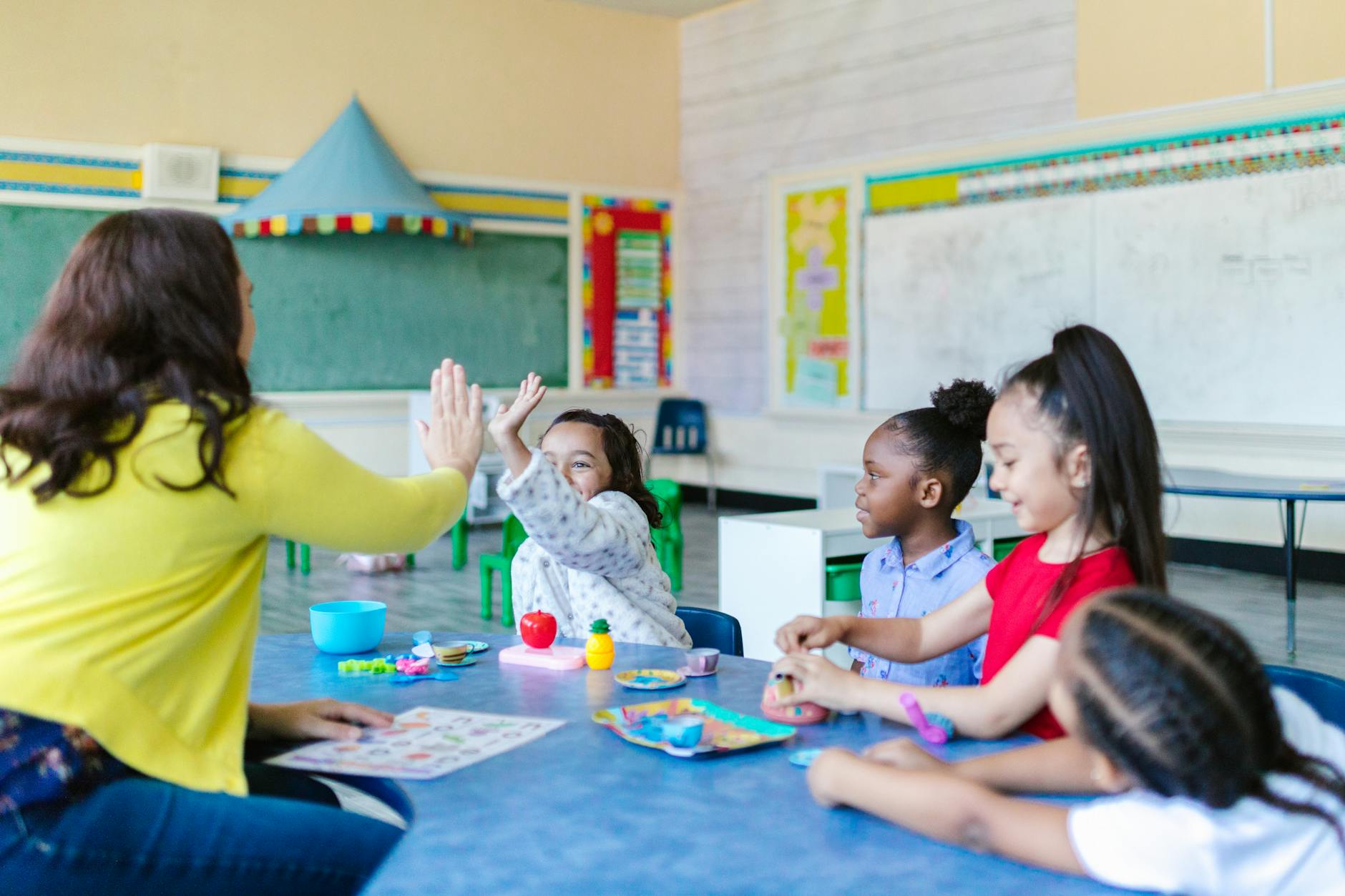
The Importance of Coding for Children
Choosing the Right Coding Environment
Finding the right coding environment for a child involves considering their age, interests, and learning style. Parents need to be aware of various platforms that offer age-appropriate materials: **Interactive Coding Platforms**: Platforms like Scratch, Code.org, and Tynker provide interactive coding experiences designed specifically for children. These platforms often utilize block-coding interfaces, making it easier for beginners to grasp programming concepts without dealing with complex syntax. **Children's Coding Apps**: Many mobile apps offer fun, educational coding exercises for young children. Apps such as LightBot, Hopscotch, and Daisy the Dinosaur engage children through gamified programming lessons, making learning enjoyable. **Kids Programming Tutorials**: Websites offering tutorials designed for children's engagement, such as Khan Academy and CodeCombat, blend educational theory with interactive practice to reinforce learning effectively.